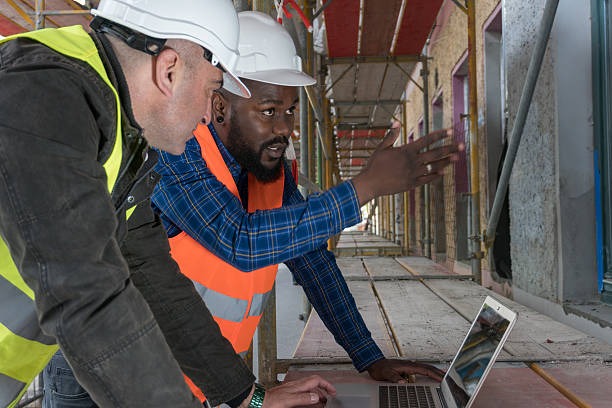A home foundation inspection is a crucial process that homeowners must undertake to ensure the structural integrity of their property. The procedure involves a thorough examination of the house’s base structure, identifying any potential issues that could lead to severe damage if not addressed promptly. This article will take you through the step-by-step process of a home foundation inspection.
The first step in a home foundation inspection is planning and preparation. Homeowners should clear all areas around the house, including shrubs and other plants that may obstruct access to the foundation. This allows for an unobstructed view and easy movement during the inspection.
Next comes visual examination, which is one of the most critical stages in this process. During this stage, an inspector looks for visible signs of possible defects or damages such as cracks on walls or floors, misaligned doors and windows, gaps between walls and ceilings among others. These signs indicate potential foundational issues that need discover further investigation.
After identifying potential problems through visual assessment, inspectors then proceed with detailed evaluation using specialized tools like level gauges to measure wall tilt angles or laser levels to check floor evenness. They also use moisture meters to detect water intrusion sources – a common cause of foundation damage.
Once these measurements are taken, inspectors move on to inspect crawl spaces or basements if applicable. Here they look out for dampness or standing water which may be due to poor drainage systems leading water towards your house instead of away from it; pest infestations like termites which can weaken wooden structures supporting your foundation; insulation problems causing heat loss among other things.
Inspectors also examine external factors affecting your home’s foundation such as soil type around your house (clay soils tend to expand when wet causing pressure against your walls), landscape slope directing rainwater towards your basement instead of away from it etc., providing comprehensive insights into overall health status of your property’s base structure.
Following completion of physical inspections, findings are compiled into a report detailing current condition of your foundation, potential problems identified and necessary remedial actions. This report serves as a guide for homeowners to undertake necessary repairs or improvements.
Finally, the last step in a home foundation inspection is consultation. Inspectors discuss their findings with homeowners, explaining any technical jargon used in the report and providing professional advice on how best to address identified issues. They may suggest immediate repair for severe damages or routine maintenance practices to prevent minor issues from escalating.
In conclusion, a home foundation inspection is an essential practice that every homeowner should prioritize. It not only helps identify structural problems at early stages but also provides recommendations for preventive measures ensuring your home remains safe and structurally sound over time. Remember, a healthy foundation equals a safe home!





